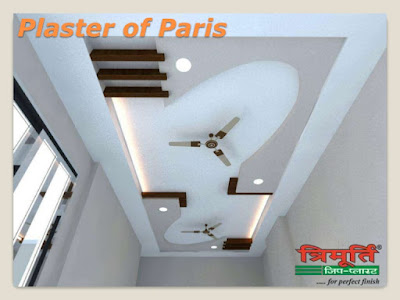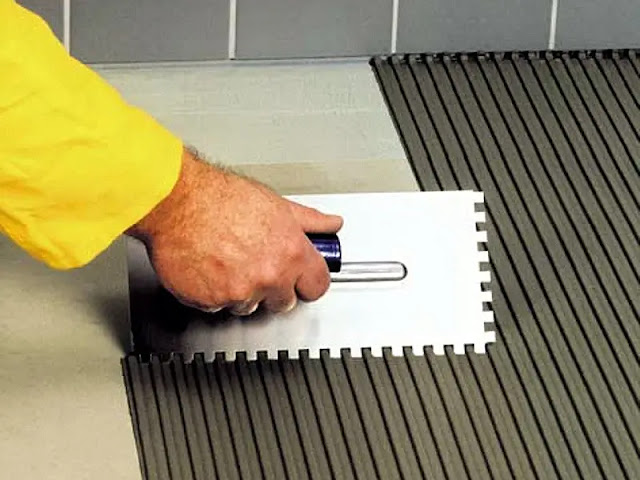Uses, Preparation, and Benefits of Plaster of Paris in Various Fields.
The plaster of Paris is one of the most crucial elements of a construction process with a high quantity of Gypsum present in it. It is a fine white powder that is widely used for sculpting varieties of materials, coating walls and ceilings. The most important feature of this material is that it gets automatically hard and compact once it is mixed with water. While it gets dry it becomes solidified and ready to be used for creating architectural designs. If you visit any building, you can find fine ceiling works that are made from plaster. Thus there is no doubt regarding the high demand and importance of Plaster of Paris wholesale suppliers in the market.
How is it prepared?: The material is designed by exposing Gypsum to high levels of temperature (150 degrees). The high amount of heat is responsible for breaking down the chemical structure and molecular bonds. As a result the water molecules ultimately break down to form Calcium Sulphate Hemihydrate. This is commonly termed the Plaster of Paris.
Important features and uses: The Plaster of Paris is known to be minute quantities of powder that sets into a hard mass once they are mixed with water. The reaction is somewhat exothermic as heat is evolved when the plaster is created. The process can also be catalyzed by the addition of Sodium Chloride. It is also highly resistant to fire and thus completely free of risk. Here are some important ways in which Plaster of Paris is widely used in our life:
Architectural objects: Monuments and architectural structures consist of various geometrical structures that make them highly attractive. These objects can be created by the application of Plaster of Paris. In addition to these many individuals invest in designing false ceilings that are once again an outcome of the Plaster coating.
Medical purposes: The molds that are used to fix a broken bone or a ligament are also a byproduct of the Plaster of Paris. That is why you can see that doctors soak the bandages in water to make it hard before using them to cover the injured part.
For creating fireproofing designs: It is well known that Plaster of Paris is highly resistant to fire. Thus this property is applied in various industries for creating fireproofing designs. As it gets heated it starts to release water vapors that block the spread of fire. It also can effectively break down the circulation of heat in large steel structures. This is widely used to prevent the occurrences of widespread disasters.




Comments
Post a Comment